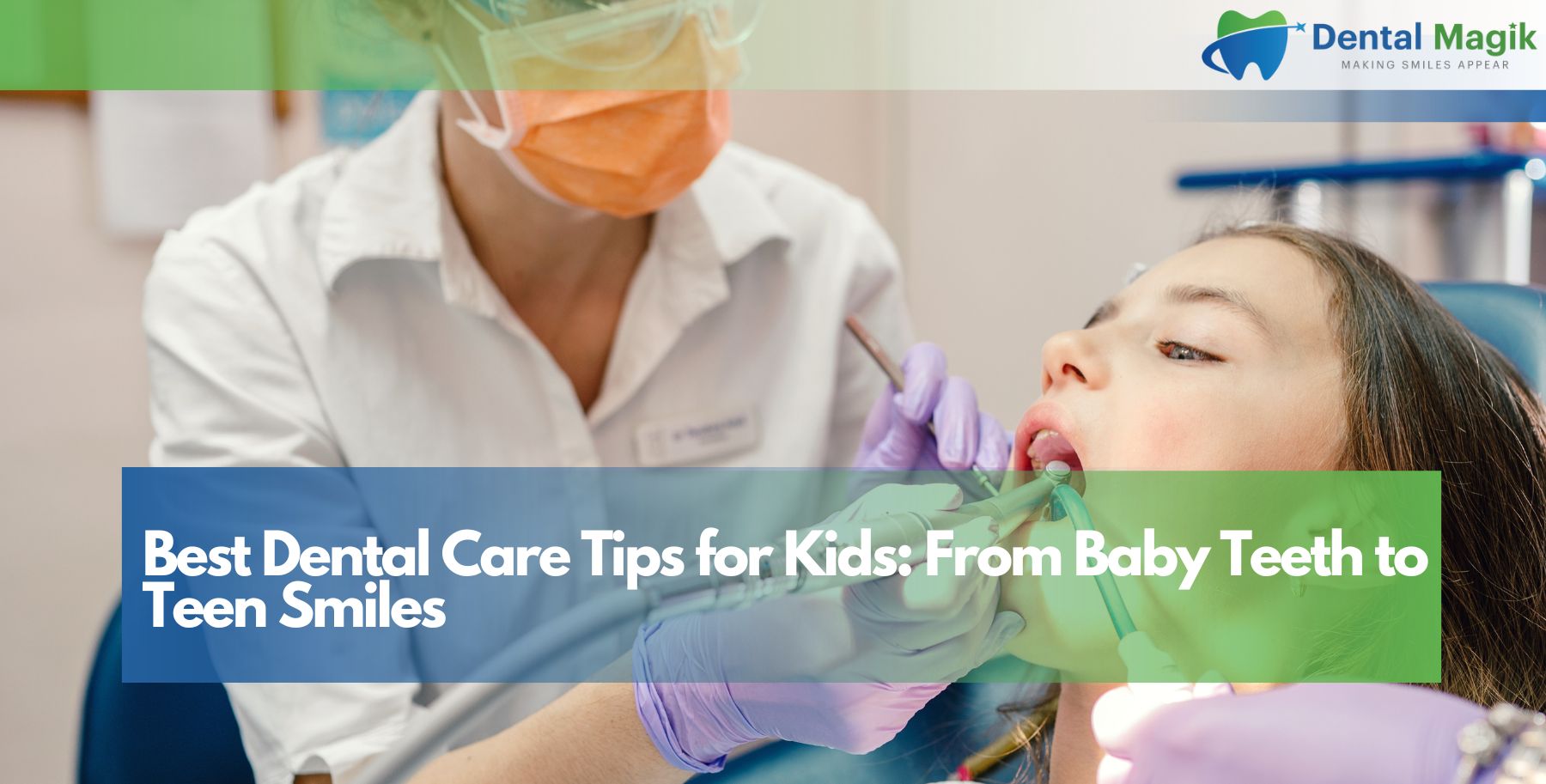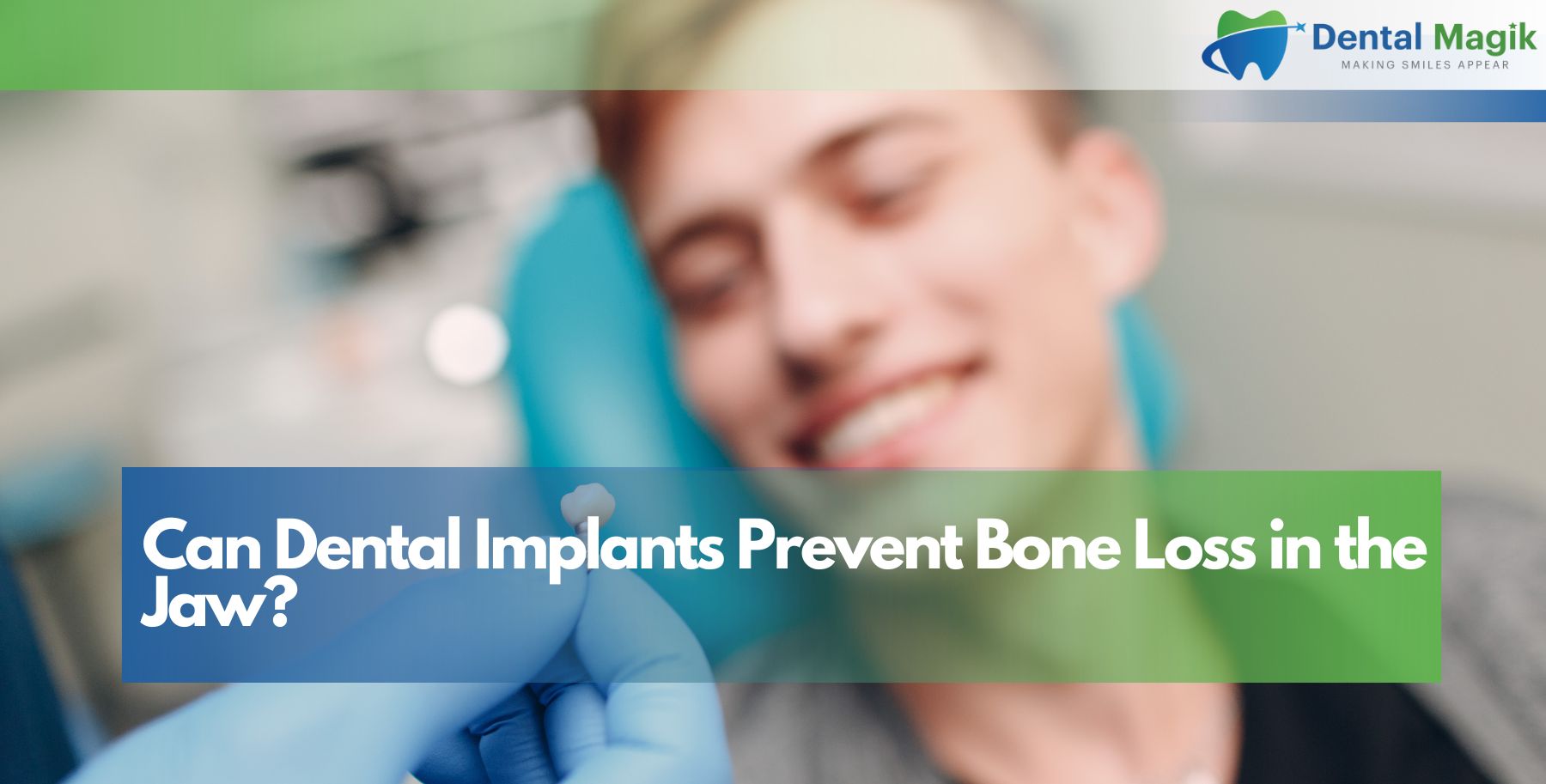When choosing a dental plan, the first question many people ask is: What dental services are covered by most insurance plans? It’s a smart question—especially if you want to stay ahead of costs while protecting your smile. Dental insurance doesn’t cover everything, and understanding what’s included (and what’s not) can save you from surprises at the dental office.
In this detailed guide, you’ll learn about the common dental services covered by insurance, how coverage works, and what to expect if you’re planning routine or major dental care.
Understanding How Dental Insurance Works
Dental insurance is designed to reduce the cost of preventive and necessary dental care. It works differently from health insurance. Most plans focus on prevention and maintenance, while providing partial coverage for restorative treatments.
Plans often operate on a 100-80-50 rule:
- 100% for preventive care
- 80% for basic treatments
- 50% for major procedures
Understanding this structure helps you plan your dental visits and avoid unexpected out-of-pocket expenses.
What Preventive Dental Services Are Covered by Insurance?
Most insurance plans prioritize preventive dental care, as it helps avoid bigger health problems and expensive treatments down the line.
Dental Exams
Routine dental checkups—usually covered twice a year—are fully included in most insurance plans. These visits are important for early detection of cavities, gum disease, or oral cancer.
Dental Cleanings
Professional cleanings remove plaque and tartar and help prevent tooth decay and gum issues. Most plans cover two cleanings per year at 100%, especially when done every six months.
X-Rays
Insurance typically covers dental X-rays, including bitewing X-rays once a year or full-mouth X-rays every 3–5 years, depending on the plan. These help dentists detect problems hidden beneath the surface.
Fluoride Treatments
Some plans cover fluoride applications, especially for children under 18. It’s a protective layer applied to the teeth to strengthen enamel and reduce cavities.
Sealants for Children
Dental sealants are thin protective coatings applied to the chewing surfaces of back teeth to prevent decay. Many insurance policies cover them for kids aged 6–14.
What Basic Dental Services Are Covered by Insurance?
Basic services include minor treatments that are often necessary after preventive care. These treatments are usually covered at 80%, meaning you pay the remaining 20%.
Fillings
Most dental insurance plans cover composite or amalgam fillings to restore teeth affected by cavities. Coverage may vary depending on the material used.
Tooth Extractions
If a tooth is damaged or decayed beyond repair, tooth removal is considered a basic procedure and is generally partially covered.
Root Canals
Though root canals are more complex than fillings, many insurance plans consider them basic services and offer partial coverage, especially when done to save a natural tooth.
Periodontal Treatments
Insurance often helps with non-surgical gum treatments, such as scaling and root planing, especially if diagnosed early. These procedures help stop or slow the progression of gum disease.
What Major Dental Services Are Covered by Insurance?
Major dental services typically include procedures that involve large restorations or replacing missing teeth. Insurance plans generally cover 50% of the cost.
Dental Crowns
If a tooth is too damaged for a filling, a crown may be needed. Most insurance plans cover crowns once per tooth every 5 to 10 years, depending on the policy.
Bridges
Dental bridges, which fill the gap created by missing teeth, are considered a major procedure and usually partially covered under insurance.
Dentures
Full or partial dentures are covered in many plans, though some have limits or waiting periods before you’re eligible for denture benefits.
Inlays and Onlays
These custom restorations, used when a tooth is too damaged for a filling but not enough for a crown, may be covered similarly to crowns.
Orthodontic Treatment Coverage
Most standard dental insurance plans don’t automatically cover orthodontics. If they do, it’s usually for children under 18.
Braces
Some plans offer partial coverage for traditional braces, but the amount may be capped or limited to a lifetime maximum benefit.
Invisalign
Clear aligners like Invisalign may not be covered unless you have a special orthodontic rider or supplemental plan. Always confirm before starting treatment.
Cosmetic Dental Procedures: Are They Covered?
Cosmetic procedures are not considered medically necessary and are rarely covered by insurance.
Teeth Whitening
Insurance does not cover whitening treatments, as they are purely cosmetic.
Veneers
Porcelain veneers improve the appearance of teeth but are not medically necessary, so they are not covered under most plans.
Cosmetic Bonding
If the bonding is for aesthetic reasons, insurance won’t pay. But if it’s used for functional restoration, partial coverage might apply.
What Is Not Covered by Most Dental Insurance Plans?
- Cosmetic treatments (veneers, whitening)
- Orthodontics for adults (in many basic plans)
- Dental implants (in many standard plans)
- More than two cleanings per year
- Replacement of crowns or dentures before time limits
Understanding these limits helps you avoid confusion when it’s time to pay.
Waiting Periods and Frequency Limits
Many dental plans include waiting periods for major procedures. This can range from 3 months to a year depending on the treatment.
They also have frequency limits—you may only be covered for a cleaning twice a year, or a crown once every 5 years.
How to Maximize Your Dental Insurance Benefits
Maximizing your insurance plan is about more than just knowing what’s covered.
Schedule Preventive Visits
Use your free cleanings and checkups. They help you stay healthy and avoid bigger bills later.
Track Frequency Limits
Don’t schedule a crown too soon or another X-ray until you’re eligible again.
Understand Annual Maximums
Most plans cap benefits at $1,000 to $2,000 per year. If you need multiple treatments, plan them wisely.
Out-of-Pocket Costs: What to Expect
Even with insurance, you’ll likely have copays, deductibles, or coinsurance. Always ask your dentist for a cost estimate before treatment so you know what you’ll owe.
Conclusion
Dental insurance is a valuable tool for protecting your smile and saving on essential care. While coverage varies, most plans pay for preventive services like cleanings and exams, basic treatments like fillings, and some major procedures like crowns or bridges.
Understanding what your plan covers, what it doesn’t, and how to maximize your benefits will help you make smarter choices. The right dentist will also work with your insurance provider and make the process easier for you.
If you’re looking for a trusted partner to guide you through your dental journey, contact a Dentist in East Brunswick, NJ today and take the next step toward better oral health.
FAQs
What dental services are typically covered 100% by insurance?
Most plans cover cleanings, exams, and X-rays at 100% under preventive care.
Does insurance cover fillings and extractions?
Yes, these are basic services usually covered at 80%, leaving you to pay the rest.
Are dental implants covered by insurance?
Many standard plans do not cover implants, but some premium or employer-sponsored plans may offer limited coverage.
Will insurance pay for braces or Invisalign?
Only if your plan includes orthodontic benefits, which may be limited to children under 18 and often include lifetime caps.
How do I find out what’s covered under my dental plan?
You can check your policy documents, call your insurance provider, or ask your dental office to verify your coverage.
Is cosmetic dental work ever covered?
No, insurance does not cover cosmetic procedures like whitening or veneers unless there’s a functional or medical reason.







